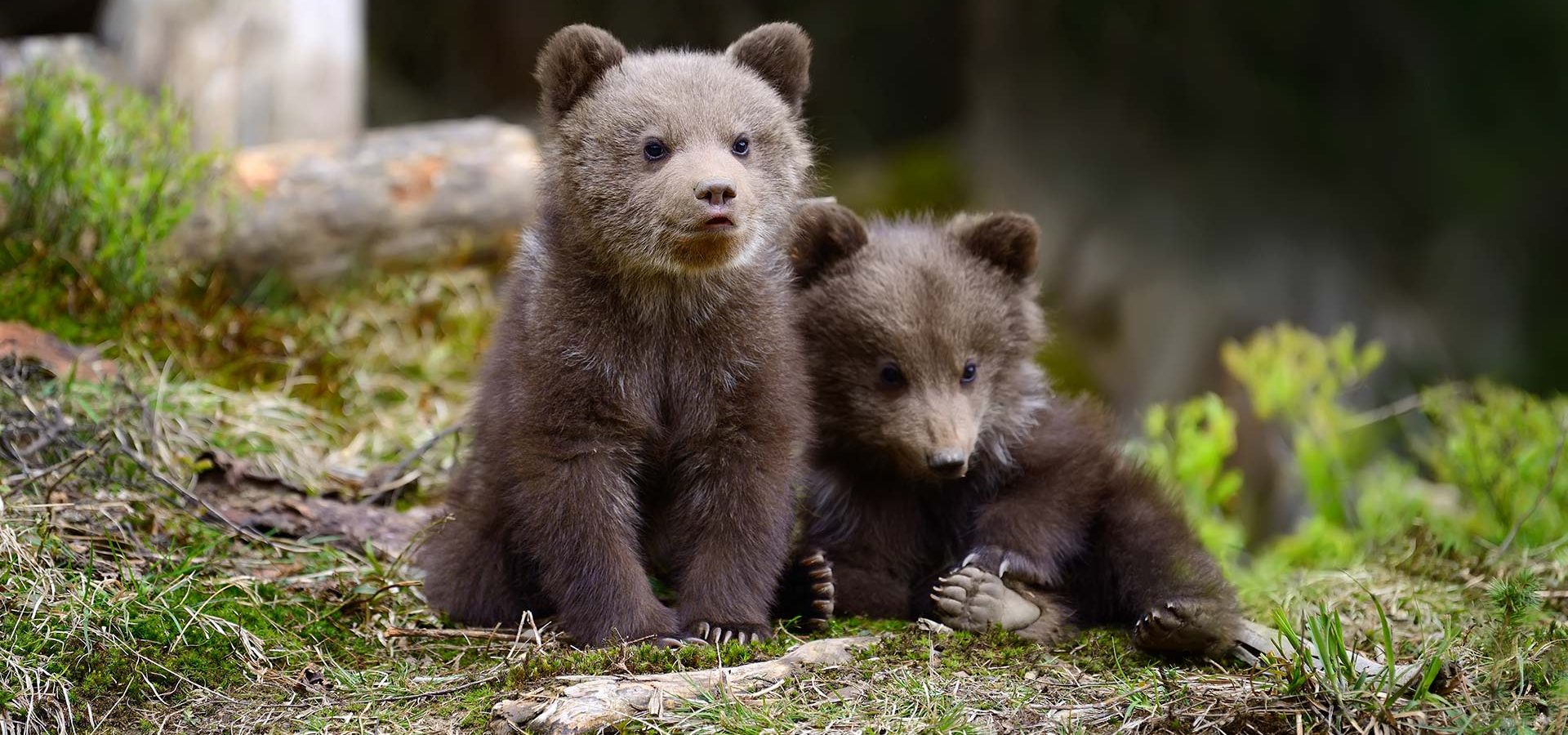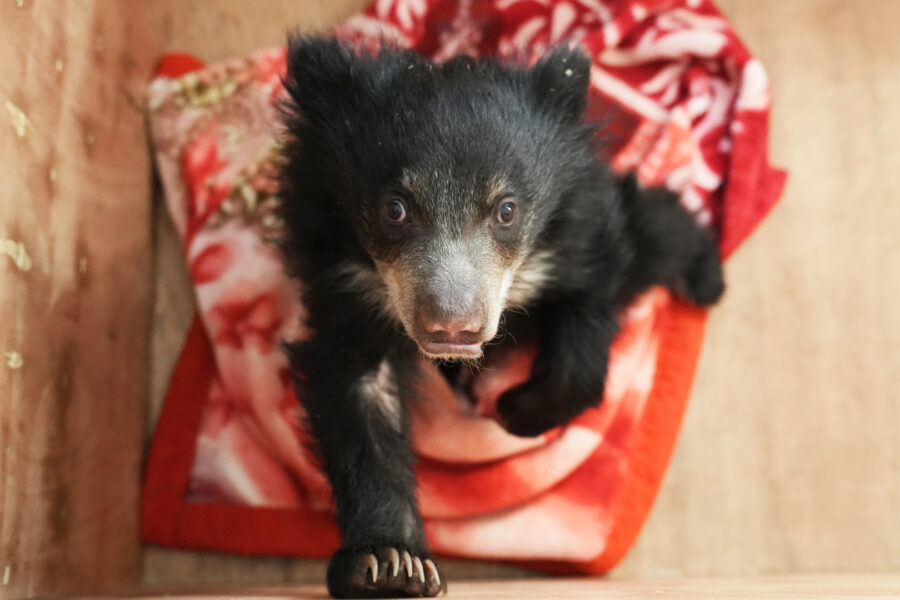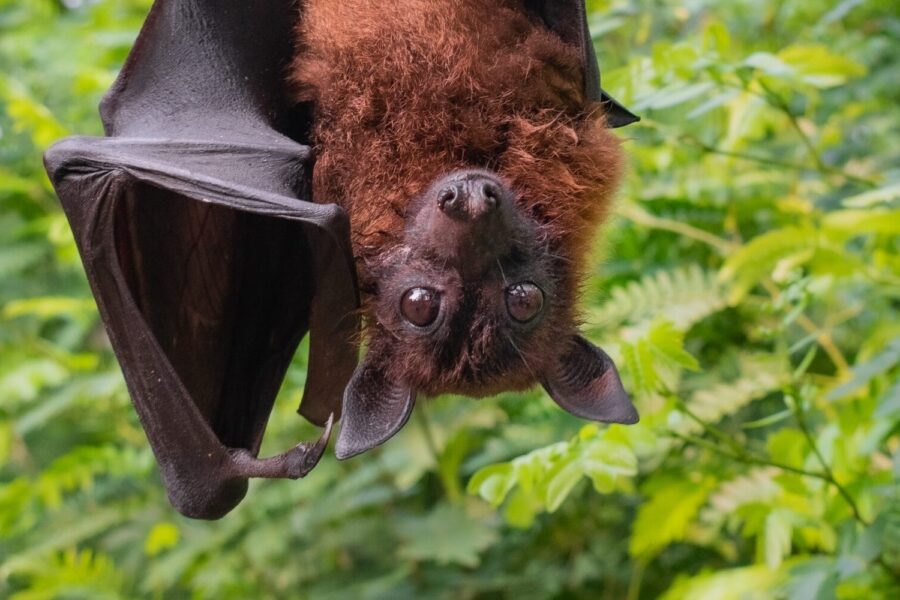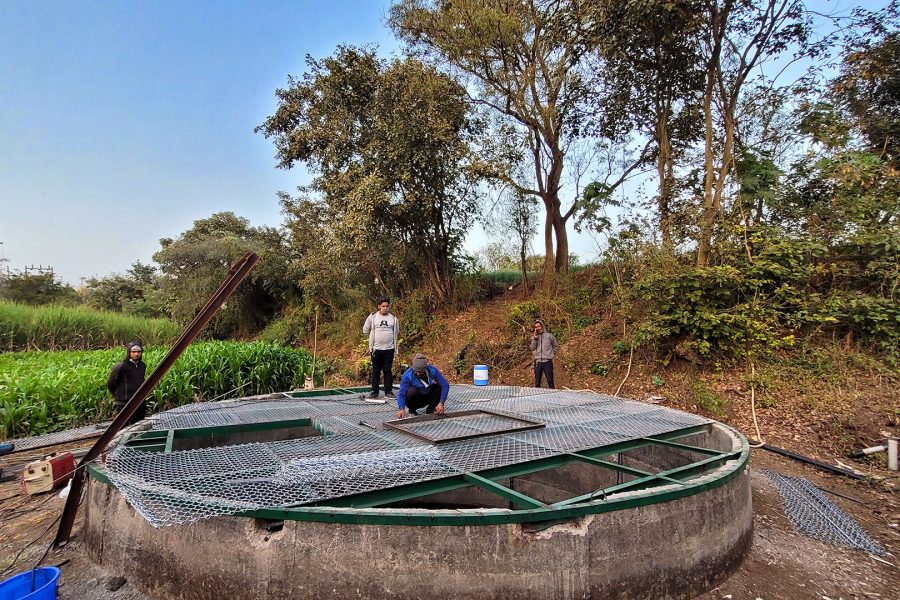Bears are considered solitary carnivores. Generally, this means that the animal does not cooperatively hunt prey, defend resources, attract mates, or raise their young. However, to most people this also means that these animals go through their lives without any relationships with other individuals of the same species. But when it comes to bears, this is simply not the case at all. The social lives of American black bears have perhaps been best documented in Terry DeBruyen’s “Walking with Bears” and Benjamin Kilhams “Out on a Limb”. These books describe in detail relationships that American black bears have with other black bears. Relationships that can, and sometimes do, last for a lifetime. When black bear cubs disperse from the mother, the young females, when possible, tend to stay close to their mother, often setting up a territory adjacent to the one they were raised in. And they continue to interact with their mother as well as sisters throughout their lives. Kilham even documented the sharing of food between related bears in lean years. And while males tend to disperse further distances from their mother and siblings, and be a bit more isolated, even they have relationships with other bears, related or otherwise.
It is not hard to fathom the reasons that black bear social lives have been studied and documented to a further degree than those of brown bears. Living with brown bears, is simply much more dangerous. Most studies attempting to get a peek at the social lives of brown bears are centred around concentrated feeding areas where brown bears are forced into close proximity to one another. These sites tend to be at salmon streams or at slightly less picturesque garbage dumps.
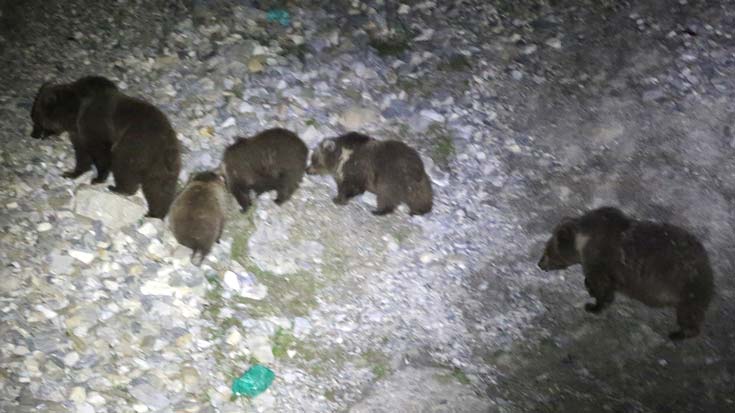
Wildlife SOS has been working outside of Kashmir, India to conserve the Himalayan brown bear (Ursus arctos isabellinus). Unfortunately, these brown bears, like most, have a pension for getting food conditioned at open garbage dumps. So, we began our work at the dumps that were frequented by brown bears. It was at this dump that we made an interesting observation in relation to the social lives of brown bears. Two mothers, one with one cub and one with two cubs, would frequent the dump. But when a large male bear arrived (noticeable due to his size and slight limp) the mother bears would move to the edges of the dump until the male had his fill and left the area. The mother with her 2 cubs would climb to a small ledge and wait. The other mother would simply move to the edge of the dump, but her cub would climb up to the ledge to join the other mother with 2 cubs. The cubs would then engage in a bit of brown bear cub playtime. This occurred on 13 unique occasions. The mother bears had no problem with their cubs having a playdate. Nor did the 2 mother bears ever show any aggression towards one another. We speculate that the two mother bears were either sisters or mother–daughter, but we have no data to support that assumption at this time.
These observations were published in the peer reviewed journal Ursus. If you are interested in more details, please read the full paper “Interactions between brown bear cubs of different mothers in Kashmir, India”, by Swaminathan et al (2023).

